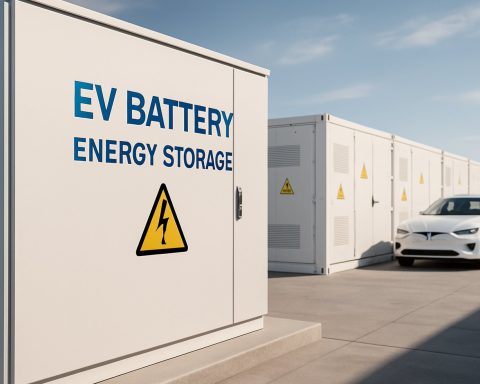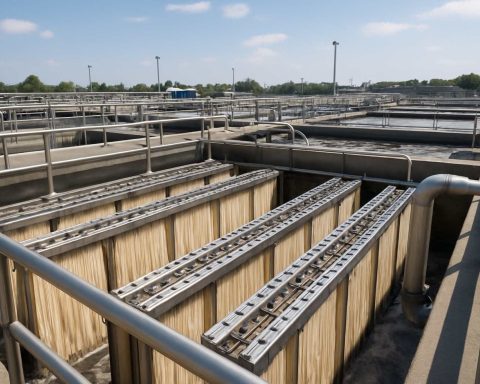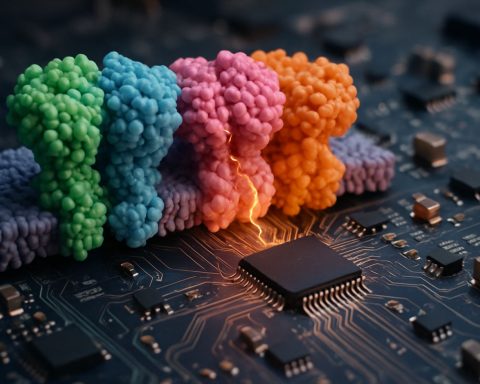- Nano nuclear technology involves compact nuclear reactors offering efficient, clean energy solutions.
- This approach presents potential for decentralized energy distribution, enhancing reliability in diverse regions.
- Safety is enhanced through reduced risk and distributed energy production via multiple small units.
- Adaptability allows deployment in remote or disaster-affected areas lacking conventional energy infrastructure.
- Key challenges include regulatory, public perception, financial, and technological hurdles.
- Growing investment and research indicate a promising future for nano nuclear technology in global energy transformation.
In the quest for sustainable and efficient energy solutions, nano nuclear technology is emerging as a groundbreaking player. This innovative approach involves the development of compact, small-scale nuclear reactors, which are significantly smaller than traditional nuclear plants yet promise to deliver surprising amounts of power. As concerns over climate change escalate, many consider these “nuclear batteries” to be the future of clean energy.
By harnessing cutting-edge materials and advanced reactor designs, nano nuclear technology could potentially provide a reliable source of energy in regions with limited infrastructure. This could revolutionize how we approach energy distribution by making it more decentralized and resilient to global challenges. In comparison to larger nuclear facilities, these nano reactors could be safer due to their inherent design that minimizes risk and spreads energy production across multiple small units.
One of the most promising aspects of this technology is its adaptability. These miniature reactors could be deployed in remote or disaster-stricken areas, where conventional energy grids fail to reach. Imagine an island entirely powered by a few small reactors instead of relying on lengthy, vulnerable power lines.
However, significant challenges remain, particularly regarding regulatory approvals and public perception of nuclear energy safety. Additionally, the financing and technological hurdles must be addressed. Yet, as investment and research continue to burgeon, it’s clear that nano nuclear technology represents a captivating chapter in the future of energy, promising to reshape our world in profound and unprecedented ways.
Is Nano Nuclear Technology the Key to Solving the Energy Crisis?
What Are the Key Features and Limitations of Nano Nuclear Technology?
Features:
1. Compactness: Nano nuclear reactors are significantly smaller than traditional nuclear power plants, making them easier to install in varied geographical locations.
2. Efficiency: Despite their small size, these reactors can produce substantial amounts of power, making them ideal for areas with energy deficits.
3. Adaptability: Their design allows them to be deployed in remote or disaster-stricken areas, offering a reliable energy source where traditional grids fail.
Limitations:
1. Regulatory Hurdles: Obtaining approvals for new nuclear technologies can be challenging due to stringent safety and environmental standards.
2. Public Perception: Nuclear energy is often viewed with skepticism due to past accidents and the potential for radioactive waste.
3. Financing and Technology Development: High initial costs and the need for further technological advancements may hinder widespread adoption.
How Does Nano Nuclear Technology Compare to Other Renewable Energy Sources?
Pros:
– Continuous Power Supply: Unlike solar and wind, nano nuclear reactors can provide a consistent energy output irrespective of weather conditions or time of day.
– Higher Energy Density: Nuclear options can deliver more energy per unit space compared to most renewables.
Cons:
– Radioactive Waste: Managing spent nuclear fuel remains a critical challenge.
– Initial Costs: High upfront investment is necessary for development and deployment.
In comparison, renewable sources like solar or wind are often cheaper initially but may require more space and suffer from intermittency issues. For more information on various energy solutions, you can explore Energy.gov.
What Are the Future Trends and Predictions for Nano Nuclear Technology?
1. Increased Investment: As climate change pressures mount, governments and private sectors are likely to invest more in innovative nuclear technologies.
2. Public Acceptance: As safety protocols improve and successful deployments are demonstrated, public trust in nuclear options may grow.
3. Technological Breakthroughs: Continued research could lead to more efficient reactor designs and safer waste management techniques.
The market for nano nuclear technology is expected to expand significantly in the next decade, offering new applications and solutions for energy-strapped regions. Sustainability and innovation will be key driving forces as more countries seek to reduce carbon emissions while meeting their energy needs.
For more insights into future energy technologies, consider visiting the International Energy Agency at IEA.org.











